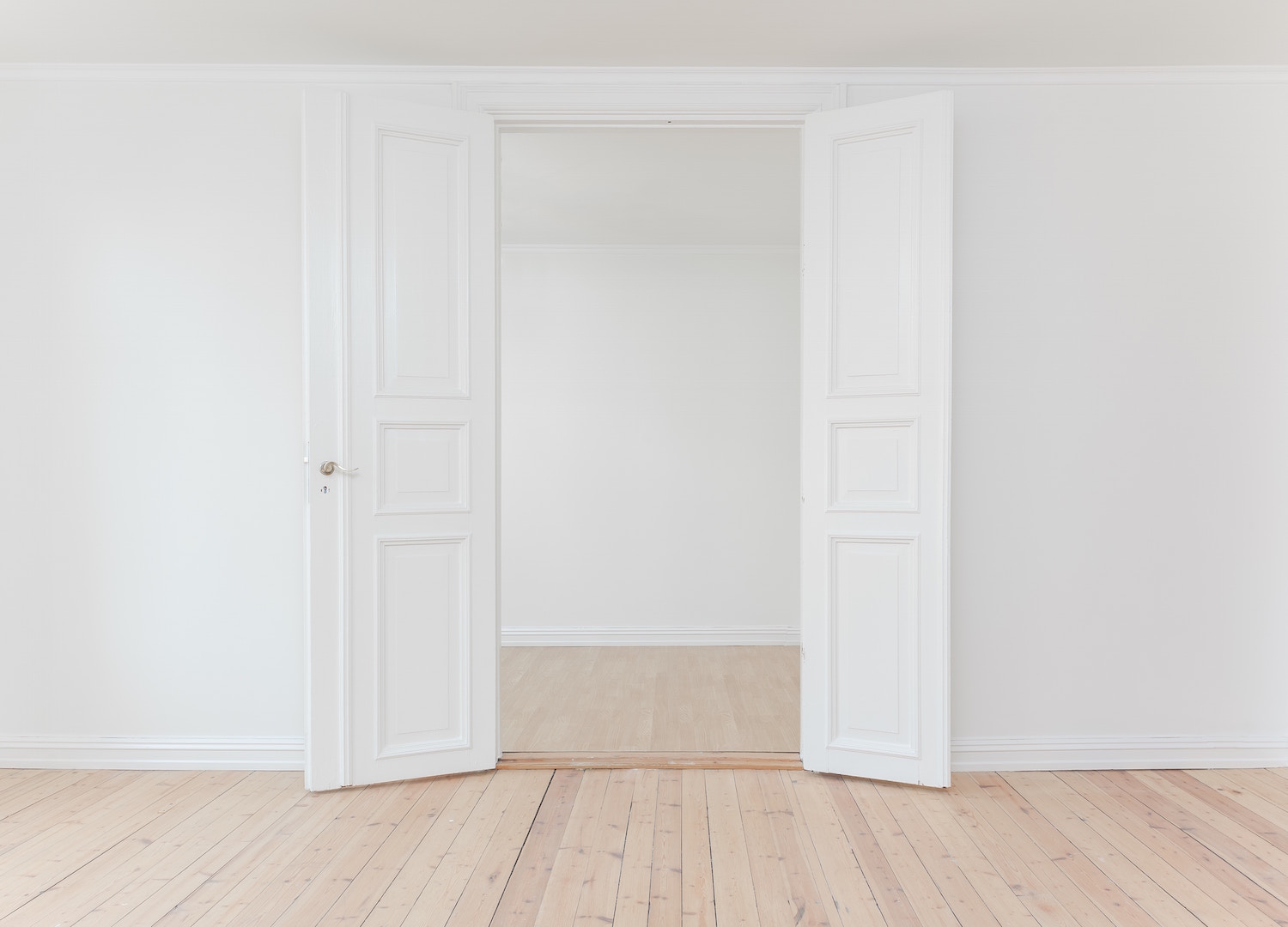When can landlords keep a tenant’s deposit?
The tenancy deposit is a landlord’s safety net. There’s an element of trust involved in every rental arrangement, but in the event that something goes wrong, the tenancy deposit is there to protect you.
Since 2007, landlords are legally obliged to protect tenancy deposits in a government-approved deposit protection scheme, known as a TDP. These schemes ensure that the deposit is kept safe during the tenancy, and they also arbitrate over disputes between tenants and landlords.

Circumstances in which landlords can keep a tenancy deposit
But once you’ve taken and protected a deposit, how do you know that you can access it in the event that something’s not right at the end of a tenancy? Here are some common situations in which you may be able to keep some or all of a tenant’s deposit:
Nonpayment of rent
Damage to the property, excluding wear and tear
Cleaning costs
Missing items
Keep reading for more details on each of these situations.
Nonpayment of rent
Landlords are legally entitled to make deductions from a deposit in the event that a tenant fails to pay the rent. If the amount owed is higher than the total deposit held, in some situations the landlord may be able to pursue the tenant in court for the additional money. Landlords may also be able to claim the cost of any legals fees that are associated with eviction or non-payment. However, it’s important to note that the eviction process is complicated in the UK, and needs to be handled correctly. We’ll be covering this in more detail on Ideal Flatmate in the coming weeks.
Property damage
General wear and tear to a property should be expected during a tenancy, and landlords are not permitted to make deductions for this. However, sometimes more serious incidents occur, and landlords may be able to keep part of the deposit to cover the cost.
Examples of damage, as opposed to wear and tear, include:
Large holes in walls
Cracked surfaces
Broken windows
Stains on furniture
Burn marks
During a tenant’s check-out, it is wise to hire a third party inspector, who will note any damage beyond wear and tear. This will help in your claim with the deposit scheme. It’s also important to note that items that need replacing can only be done so on a like-by-like basis – so you can’t charge the tenant for a more expensive version of a damaged item.
Cleaning costs
Cleaning can be one of the more difficult costs to claim for, as it largely depends on individual interpretations and expectations. To mitigate this, you should make sure that your tenancy agreements are clearly worded. For example, some agreements require tenants to have carpets professionally cleaned when they move out.
If your property is left below the standards in which it was originally taken over by the tenant, you may be able to claim for the costs of having it professionally cleaned. However, you should note that you cannot charge to have it cleaned to a higher standard than it was in when the tenant arrived.
Missing items
At the beginning of every tenancy an inventory should be taken of all landlord-owned items that are to remain in the property. Tenants should also be asked to sign the inventory so as to agree what items they are required to care for and return. Should anything from the inventory be missing upon the tenant moving out, a landlord is within their right to claim a like-for-like replacement.

What happens if the tenant challenges a deposit deduction?
If you try to make a deduction from the tenancy deposit but the tenant disagrees, the disagreement will be dealt with by the deposit protection scheme. There are different rules for each of the different types of scheme, so check the process with your provider.
Look out for more information on tenancy deposits coming to Ideal Flatmate soon.



